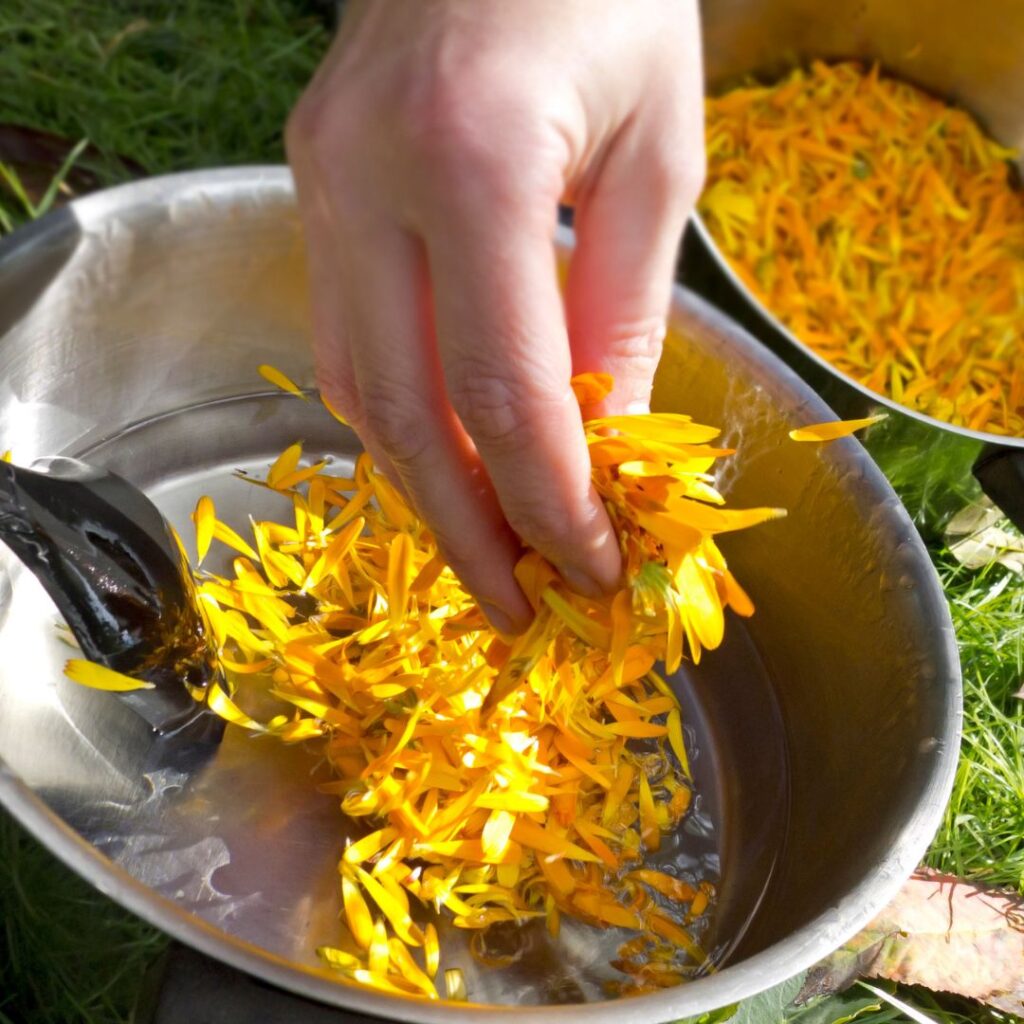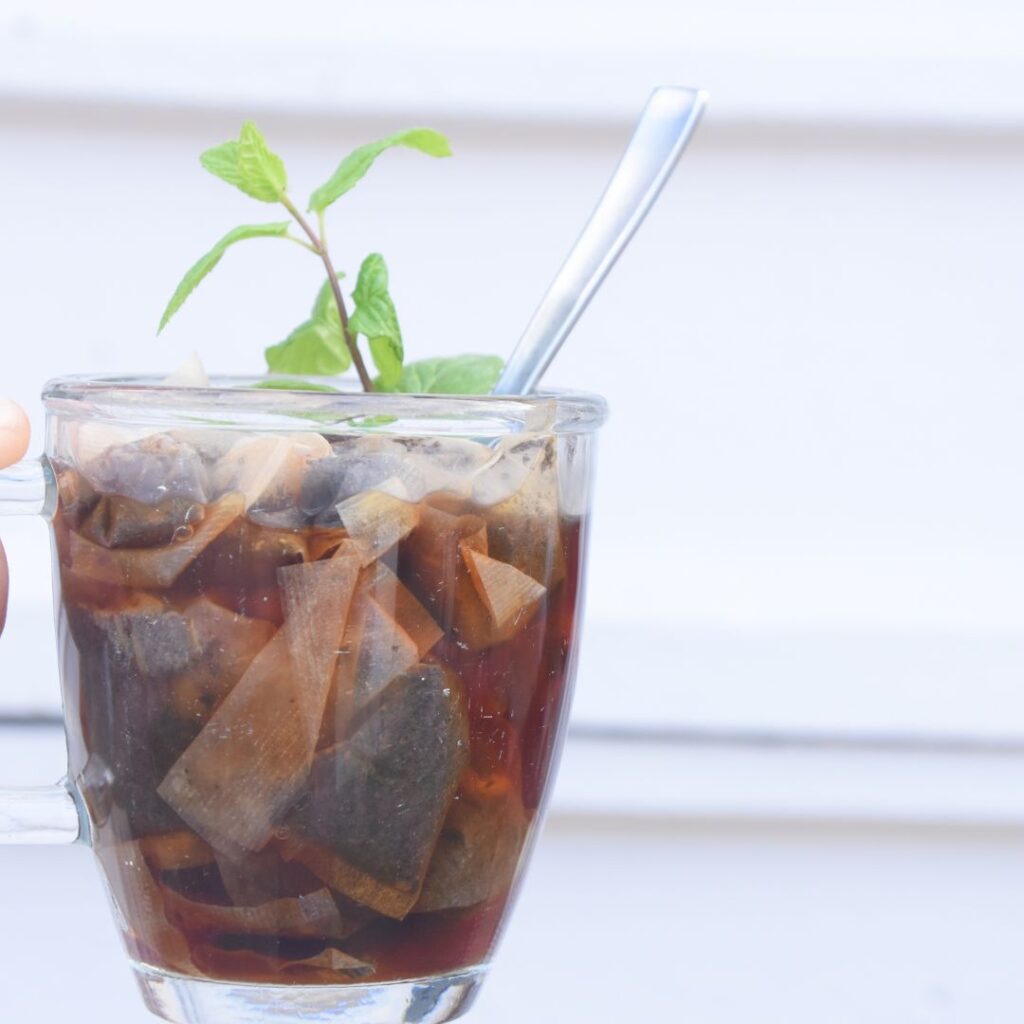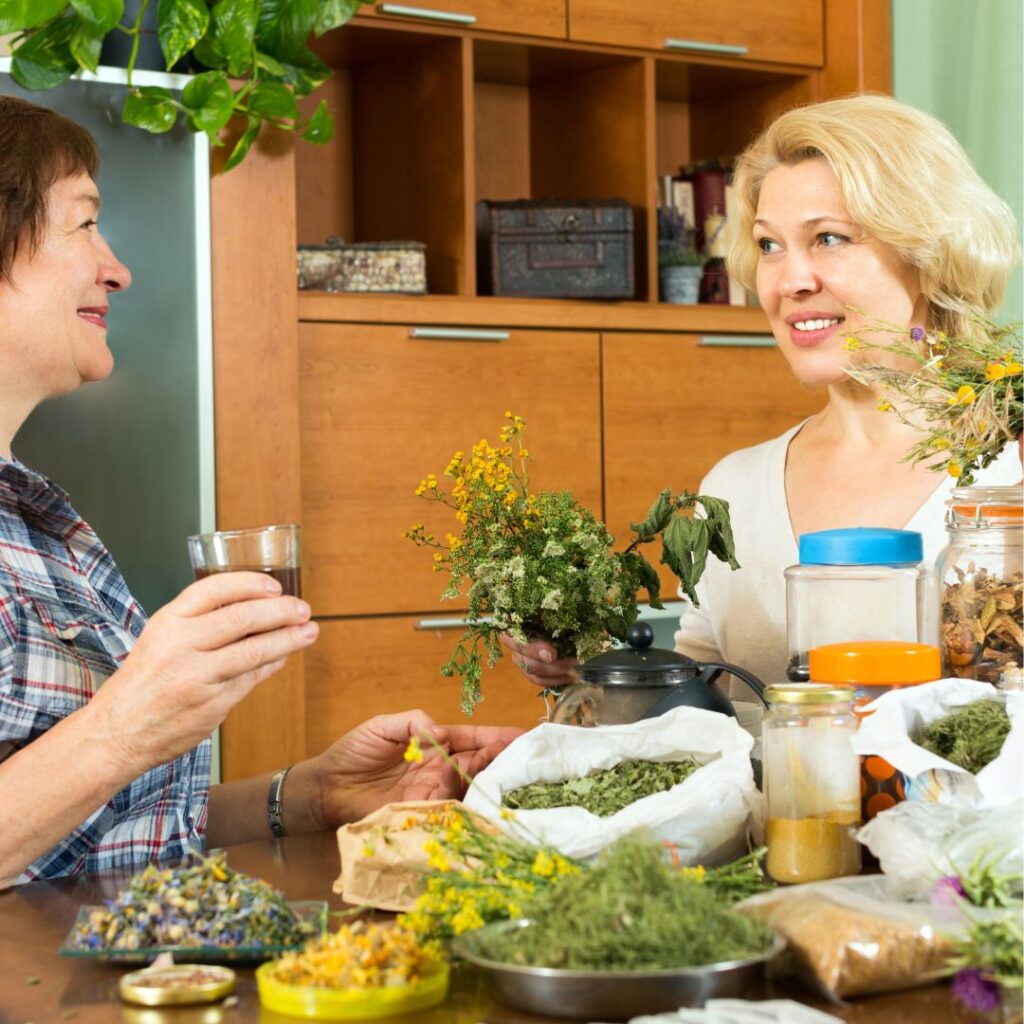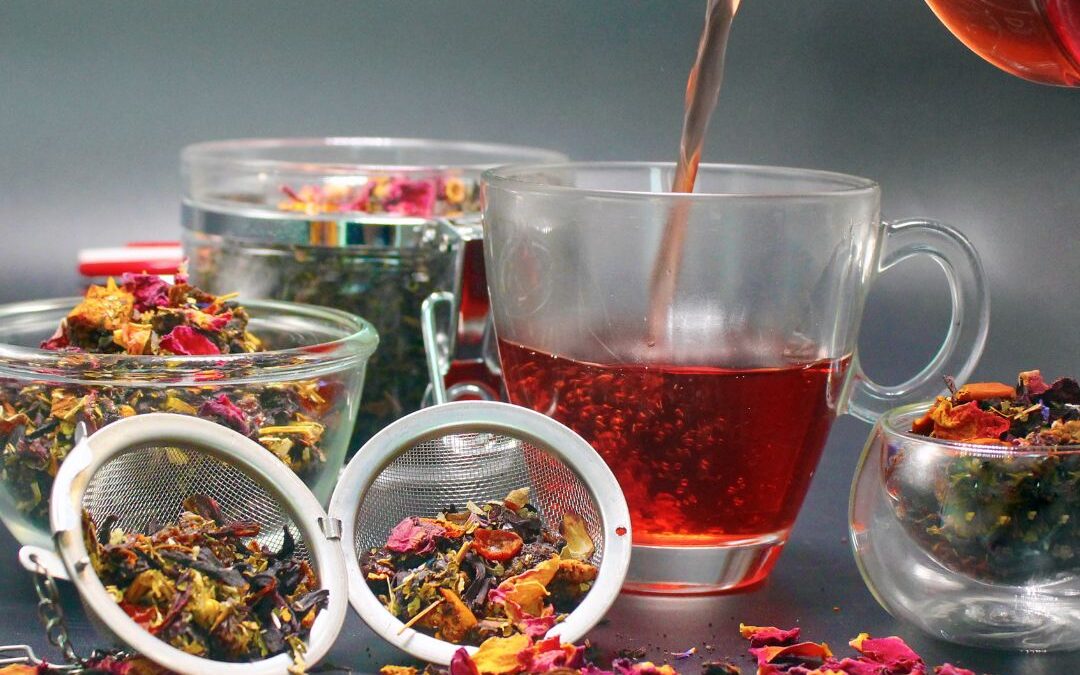When I was training as a medical herbalist, we tasted a lot of herbs. Why? Because being a herbalist is so much more than the research that’s available on what a particular herb can do. It’s about understanding the herb, how it tastes, how it feels, the response it can trigger in your body, who it works well with, and who it doesn’t get on with. In addition to learning about our herbs, we also learned about blending herbs, just as a Sommelier, a perfumer or a chef blends tastes sensations and palates, so does a herbalist, and when a herbalist blends your herbs into a tea, it’s always going to be intriguing. Why? Well, it’s complex, and that’s because of the flavours and the sensations that are being blended together.
A pinch of that to sharpen the underlying flavour of something else. A properly blended tea is fun to create and it’s even more fun to drink. It satisfies all your senses. So how do you blend your herbs to create something amazing? We begin with the tea’s intention.
The PURPOSE OF THE TEA
What’s your purpose in drinking this particular tea? Is it to unwind, stimulate, energise, settle a gripey tummy, or stimulate your digestion? Deciding on your tea’s purpose ensures that you are combining herbs that bring about a consistent response within your body, whether that be opening, tightening, calming, stimulating or relieving a particularly troublesome symptom.

Ensure your final blend includes something to delight the eye, whether that’s a pop of colour with rose petals or calendula flowers, or maybe it’s a different shape by including a seed or a water-soluble bark, like cinnamon, for example.
Digestion starts with anticipation. Consider whether your combination of herbs brings together the base, middle and top notes with just the right amount of each. To make a tea really interesting, all three notes need to be present, with the majority of the taste tending towards the middle. But make sure it’s grounded with a base note, and that’s usually your heavier earthier roots, and add a little peak with a top note, like lemon or peppermint, for example, when adding your top note, and this is one of the biggest mistakes the amount tends to be a pinch to peak the taste. And we go into this in a lot more detail in my online course, The Secret Art of Creating A Tasty Herbal Tea, but you can begin this process by tasting a single herb and getting to know how it shows up. Using the tasting to really know the taste and sensation that that herb imparts will make a huge difference to your tea. So notice whether it imparts flavours that would fall in the bass, middle or top note categories, and then begin playing with how the quantity of your herb affects the overall taste. So we’ve talked about creating something for the eye, and blending for your palate so that you have base, middle and top notes.
how to prepare your tea
The next secret is how you prepare your tea. One of the biggest mistakes I see is not enough of the herb in the pot. If you’re using tea bags, open one up and take a look inside.

For most herbal tea bags, there’s actually not a lot of the herb inside the bag, but this is easy to fix. Simply use two tea bags. The other challenge with tea bags is that it’s really difficult to assess how fresh your herbs are.
Ideally, their colour is vibrant. It’s the bright orange of calendula petals, for example, rather than that muted beige of calendula petals that are past their best.

When you inhale the fragrance, it should smell of the herb. If there’s no discernible smell, it does suggest that the herb’s too old and it’s better feeding your compost bin or wormery. So how do you know what a herb should taste and smell like?
The most effective way is to deeply connect with your herb using organoleptic evaluation. Organoleptic evaluation is the art and the science of using all of your senses to get to know your herb, and I still use this in my clinic every time I prepare a bespoke herbal medicine. I talk you through exactly how to do this in the secret art of creating a tasty herbal tea.
Top tips for making your tea
The act of blending your herbs to make an amazing herbal tea can be medicine in its own right. It’s relaxing, it’s creative, it’s mindfulness in action.

So here are my top tips for creating a great-tasting tea. First of all, use enough of the herb in your blend. Make sure your herbs are fresh. Create a theme for your tea, add a herb to please the eye, whether it’s a pop of colour or an interesting shape, and include a variety of tastes.
Think base, middle and top notes. Please join me for an online herbal experience and I’ve included some tasty bonuses. follow this link for more information: https://www.tracytutty.co.nz/tastyteawaitlist

